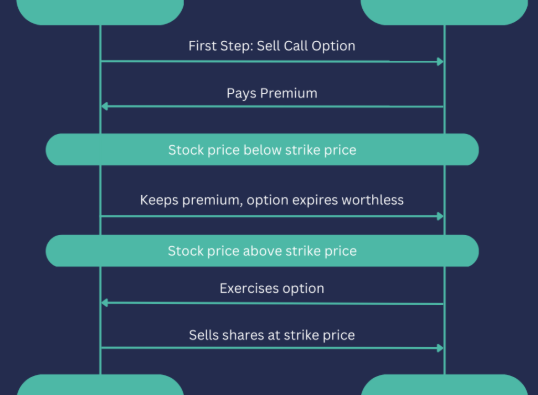
When it comes to long-term investing, many people look at the impressive performance of the S&P 500 and consider it the go-to option, especially when other asset classes like small-cap U.S. stocks, international equities, or emerging markets seem to lag behind. After all, the S&P 500 includes some of the most recognizable companies, like Apple, Amazon, and Google.
However, while the S&P 500 has delivered impressive returns, it’s important to remember that past performance doesn’t guarantee future results. Let’s take a closer look at the history of the S&P 500 to understand whether it’s wise to rely solely on this index for your investment strategy.
A Look Back at the S&P 500’s History
The Bull Market of 1982-2000
The story of the S&P 500’s massive growth starts in late 1982, after a tough economic recession. A combination of emerging technologies, global economic growth, and an expanding middle class sparked a bull market that lasted nearly two decades.
In 1982, the S&P 500 stood at 117.30. By January 1, 2000, it had surged to 1425.59. The tech boom and economic expansion during this period resulted in remarkable growth for the index. At the turn of the millennium, it was tempting to think the S&P would continue its climb indefinitely.
The 2000s: The Lost Decade
However, the year 2000 marked the beginning of the infamous “lost decade” for the S&P 500. Propelled by the late-90s tech bubble, the index peaked at over 1500 in August 2000 before crashing by 40% in the aftermath of the bubble’s burst. The market didn’t recover until 2003, and even then, the climb was slow. By 2007, the index once again surpassed 1500, only to be hit with the financial crisis in 2008. By the end of the decade, the S&P 500 finished with a negative return.
Despite the disappointing performance for the S&P 500, a diversified portfolio would have fared better. The takeaway here is that the market doesn’t always follow a predictable upward trajectory, and relying on a single index may leave you exposed to volatility.
Is the S&P 500 Truly Diversified?
One of the key appeals of index funds is the idea of diversification. After all, the S&P 500 includes 500 large companies from various industries. But if you dig deeper, you’ll notice a problem. A small number of tech companies dominate the index. As of September 2021, the five largest companies—Apple, Microsoft, Amazon, Facebook, and Google—accounted for nearly 23% of the index’s value. This concentration in just a few companies means that the S&P 500 is far from being as diversified as it may seem.
Why Diversification is Crucial
The reality is that the market will always have periods of outperforming sectors, stocks, or indices. People tend to share their successes, but we rarely hear about the underperforming segments of the market.
True diversification helps balance out the inevitable ups and downs. By diversifying across various asset classes, sectors, and regions, you can reduce the risk that comes from having a concentrated position. This strategy smooths out your returns and minimizes the impact of any single underperforming asset.
History has shown that trying to predict when a stock or index will rise or fall is nearly impossible. Diversification is the best strategy for managing uncertainty and ensuring more stable, long-term returns. It’s about balancing risk, not just chasing the next big gain.
Conclusion: A Smarter Approach to Investing
Investing isn’t just about riding the highs of a single asset or index. It’s about managing risk, reducing volatility, and positioning yourself for long-term success. If you’re considering putting all your money into the S&P 500, it may be worth rethinking your strategy and exploring more diversified investment options. A well-rounded portfolio is often the best way to weather the inevitable ups and downs of the market.









